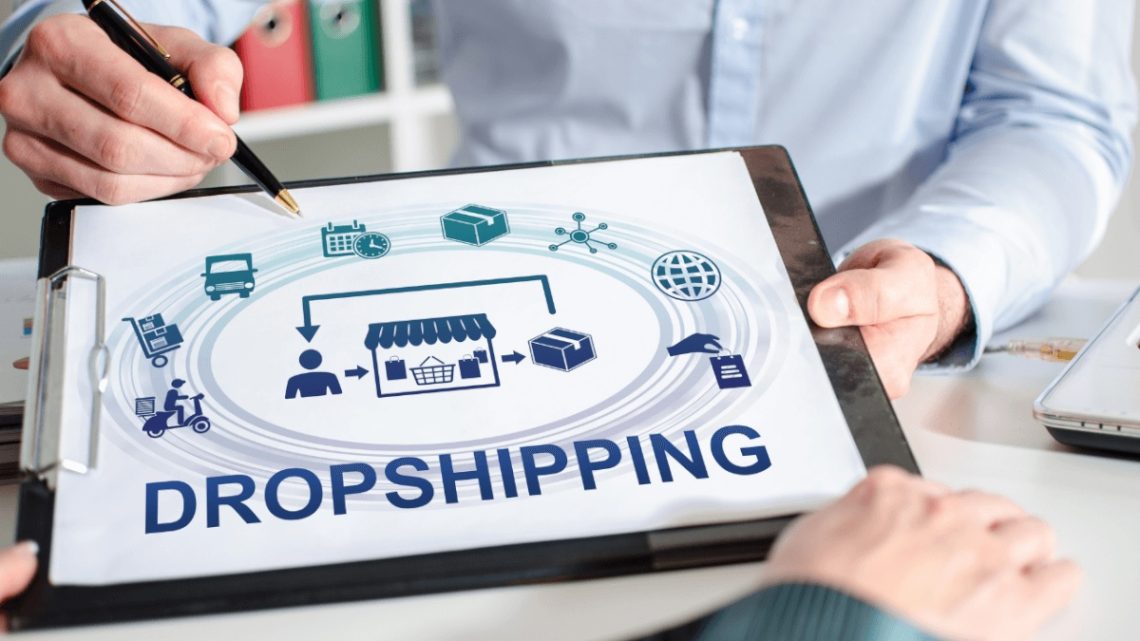In recent years, dropshipping has emerged as a favored business model for aspiring entrepreneurs. The appeal is simple: with dropshipping, you don’t need to hold inventory or deal with logistics—allowing you to focus on marketing and sales. However, despite its allure, the landscape of dropshipping is continually evolving. As competition intensifies and consumer expectations shift, staying ahead of the curve requires a keen understanding of emerging trends. Here, we explore the key trends shaping the future of dropshipping, offering insights into what is currently driving success and how businesses can adapt to these changes.
1. Increased Focus on Niche Products
While dropshipping traditionally operated on a wide-range model—selling anything and everything—entrepreneurs are increasingly finding success by narrowing their focus to specific niches. In today’s saturated market, selling generic products that appeal to everyone often leads to high competition and low margins. Instead, successful dropshipping businesses are honing in on specific customer segments with highly targeted offerings.
This trend can be attributed to the rising consumer demand for personalized experiences. Shoppers today are looking for products that cater to their unique interests, hobbies, or lifestyles. Whether it’s eco-friendly gadgets, specialized beauty products, or niche fashion accessories, dropshippers who focus on catering to these subcultures are seeing higher conversion rates. A strong brand identity built around a niche also helps build customer loyalty and trust, which are critical to long-term success in dropshipping.
2. Leveraging Social Media for Marketing
Social media platforms have become indispensable tools for dropshipping businesses. With the ability to target specific demographics and engage directly with potential customers, platforms like Instagram, Facebook, and TikTok are redefining how dropshippers market their products. In 2025 and beyond, social media is expected to remain the primary avenue for driving traffic and sales.
The shift from traditional advertising to social commerce is evident. Dropshippers are tapping into influencer partnerships, user-generated content, and even shoppable posts to create authentic, relatable marketing campaigns. Influencers have a unique ability to connect with specific audiences, and their endorsements carry weight that traditional advertising can’t replicate. Moreover, social media ads can now be finely tuned to target users based on their behavior, location, and preferences, allowing dropshippers to spend their marketing dollars more effectively.
Another important facet of this trend is the integration of e-commerce platforms directly within social media apps. Features like Facebook Shops, Instagram Checkout, and TikTok’s in-app shopping experience allow businesses to sell products without users ever leaving the platform, streamlining the purchase journey and increasing conversion rates.
3. Automation and Artificial Intelligence (AI)
Automation and artificial intelligence are no longer futuristic concepts—they are here and reshaping the way dropshipping businesses operate. In particular, AI tools for customer service, product recommendations, and inventory management are gaining traction. Chatbots powered by AI are now commonly used to handle customer inquiries, improving response times and ensuring that businesses can operate 24/7 without requiring a large customer support team.
Furthermore, AI is revolutionizing product research and sourcing. Machine learning algorithms can analyze data on customer preferences, market trends, and competitor strategies to predict which products will be the most profitable. By utilizing such tools, dropshippers can make more informed decisions about which products to stock and how to price them.
On the operational side, automation is also reducing the manual workload for dropshipping businesses. Automated order processing, inventory updates, and even post-purchase follow-ups free up time for entrepreneurs to focus on more strategic tasks, like scaling their businesses or developing creative marketing strategies.
4. The Rise of Sustainable and Ethical Dropshipping
As consumers become more conscientious about the environmental and social impact of their purchases, dropshipping businesses are increasingly expected to adopt sustainable and ethical practices. This trend aligns with the broader shift in consumer behavior toward supporting brands that prioritize social responsibility.
For dropshippers, this means finding suppliers that follow ethical manufacturing processes, ensure fair wages, and use eco-friendly materials. Additionally, many customers now prioritize products that have a minimal environmental footprint, and they’re willing to pay more for them. As a result, dropshipping entrepreneurs are seeking out suppliers who are committed to sustainability, whether it’s through packaging reductions, using recyclable materials, or offering eco-friendly products.
By positioning their brands around these values, dropshippers can appeal to a growing segment of environmentally-conscious consumers, setting themselves apart from competitors who still rely on traditional, less sustainable models. This trend not only helps attract loyal customers but also enhances brand reputation and long-term success.
5. Improving Customer Experience through Personalization
Personalization has become a buzzword across all industries, and dropshipping is no exception. In a crowded marketplace, offering a personalized shopping experience can be the key to converting a one-time visitor into a loyal customer.
With advancements in technology, dropshippers can now deliver tailored experiences based on a customer’s browsing history, preferences, and demographic information. This could include personalized product recommendations, custom packaging, or even personalized emails that offer special promotions based on past purchases.
Additionally, the use of data analytics allows dropshipping businesses to better understand customer behavior and adjust their offerings accordingly. By using data to fine-tune marketing campaigns, product selections, and customer communications, dropshipping entrepreneurs can create a seamless, customized experience that resonates with their target audience and enhances customer loyalty.
6. Mobile Commerce (M-Commerce)
Mobile commerce is steadily becoming the dominant form of online shopping, with the number of consumers shopping via smartphones continuing to grow. This shift means that dropshipping businesses must ensure their websites and e-commerce platforms are mobile-optimized to deliver a smooth and enjoyable user experience on smaller screens.
Moreover, mobile apps are increasingly being used by brands to create more direct, personalized, and engaging experiences. Dropshipping businesses that offer an app or a mobile-friendly site with a streamlined checkout process and easy navigation can improve their chances of attracting and retaining customers. As mobile shopping continues to rise, optimizing the mobile shopping experience will be a crucial factor in a dropshipping business’s success.
7. Global Expansion and Multi-Channel Selling
The global reach of e-commerce is one of the defining features of dropshipping. Unlike traditional retail models, dropshipping allows entrepreneurs to sell products worldwide without the limitations of physical inventory. As global shipping and international payment systems improve, more and more dropshippers are seizing opportunities to expand their businesses into new markets.
To reach a broader audience, many dropshipping businesses are also utilizing multi-channel selling. By listing products on multiple platforms—such as Amazon, eBay, Shopify, Etsy, and others—dropshippers can tap into various customer bases, increasing visibility and sales potential. Multi-channel selling also helps mitigate the risks of relying on a single sales platform and ensures a more diversified revenue stream.
Conclusion
The dropshipping landscape is constantly evolving, with new trends and technologies reshaping the way businesses engage with customers. Entrepreneurs who stay attuned to these changes—whether by focusing on niche markets, leveraging social media marketing, or integrating AI for efficiency—will be well-positioned for success. However, as competition grows, it is no longer enough to simply follow the trends. Dropshipping businesses must continue to innovate and adapt to the ever-changing demands of the modern consumer to stay ahead in this fast-paced, dynamic industry. By embracing these key trends, entrepreneurs can build resilient, scalable businesses that thrive in the future of dropshipping.






